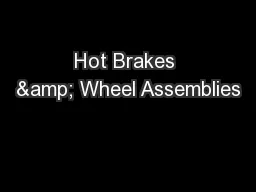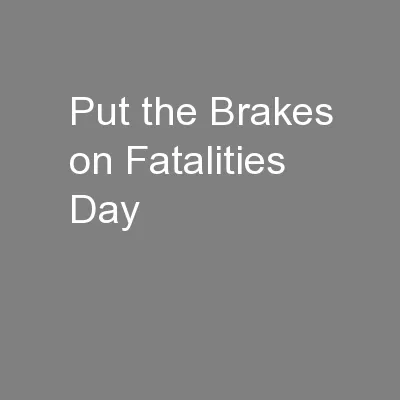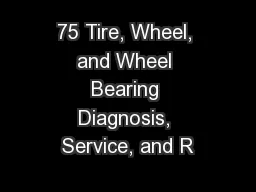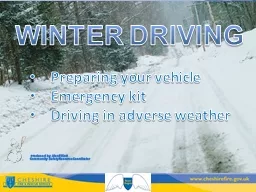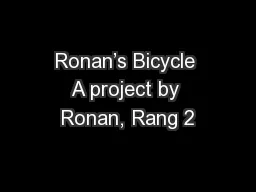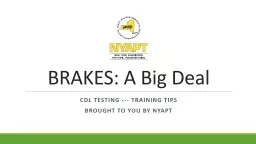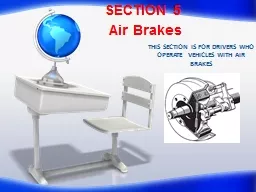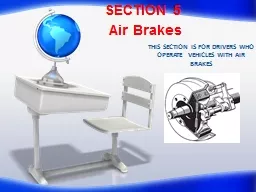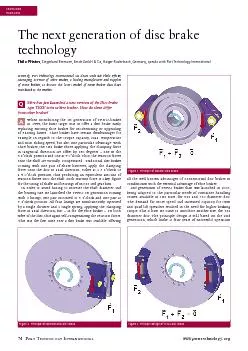PPT-Hot Brakes & Wheel Assemblies
Author : tatiana-dople | Published Date : 2018-11-10
Randy Krause Port of Seattle Fire Department Fire Chief October 2010 To Promote the Science and Improve the Methods of Aviation Fire Protection and Prevention Dash
Presentation Embed Code
Download Presentation
Download Presentation The PPT/PDF document "Hot Brakes & Wheel Assemblies" is the property of its rightful owner. Permission is granted to download and print the materials on this website for personal, non-commercial use only, and to display it on your personal computer provided you do not modify the materials and that you retain all copyright notices contained in the materials. By downloading content from our website, you accept the terms of this agreement.
Hot Brakes & Wheel Assemblies: Transcript
Download Rules Of Document
"Hot Brakes & Wheel Assemblies"The content belongs to its owner. You may download and print it for personal use, without modification, and keep all copyright notices. By downloading, you agree to these terms.
Related Documents

